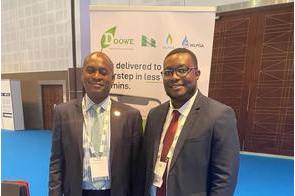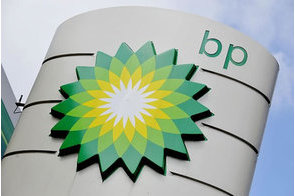Renewable energy boom highlights growing regional divide

Summary
Over 70% of renewable energy capacity growth occurred in Asia, while other regions, particularly Africa, lagged behind, according to new IRENA data.
The Renewable Energy Statistics 2025, released today by the International Renewable Energy Agency (IRENA), shows worldwide renewable energy capacity grew by over 15% in 2024. At the same time, the growth gap widened across regions, the data further reveals.
According to the report, Asia has kept its leading position since the past few years, accounting for 71% of new renewables capacity in 2024, followed by Europe and North America (respectively contributed 12.3% and 7.8% to the addition), leaving a huge gap with Africa, Eurasia, Central America and the Caribbean which together only accounted for 2.8% of total renewables capacity addition. Despite its massive economic and development opportunities, Africa only increased its renewables capacity by 7.2%.
“The renewable energy boom is transforming global energy markets, driving economies and creating vast investment opportunities,” said IRENA Director-General Francesco La Camera in commenting on the data update. “However, the growing regional divide highlights that not everyone is benefiting equally from this transition. Countries and regions that attract substantial investment in renewables are seeing enhanced energy security, increased industrial activity, and new jobs, fuelling broader socioeconomic development.”
La Camera added: “Bridging the divide and closing the investment gap between countries and regions is critical. It requires targeted policies, international financing, and partnerships that unlock capital and technology where they are needed most. By aligning investment flows with policy frameworks, we can ensure that the green transition becomes a powerful engine for resilience and sustainable economic growth worldwide.”
IRENA, based in Abu Dhabi, UAE, is the custodian agency for tracking the global goal to triple installed renewable capacity by 2030. It says the agency remains committed to reviewing progress and identifying gaps towards the target on an annual basis.
The new report shows that although the 582 GW of renewable capacity added in 2024 represented a record annual increase, it still falls short of the pace required to reach the global tripling target of 11.2 TW by 2030.
If the same annual growth rate continues, the world will only reach 10.3 TW of renewables capacity, missing the target by 0.9 TW. Achieving the target by 2030 would require renewable capacity to expand even faster at 16.6% annually in less than the remaining five years, according to the analysis by IRENA.
The renewables capacity trend also reveals the dominance of solar and wind power. Both have jointly accounted for 97.5% of all net renewables additions in 2024, with solar increasing by 453 GW. “This proves the economic competitiveness of solar energy, providing business opportunities and energy security quickly and sustainably,” IRENA said in a statement sent to Financial Nigeria.
Wind energy is following behind with 114 GW of total renewables capacity addition.
With renewables now catching up with fossil fuels in the share of installed capacity (46.2% of renewables vs 47.3% of fossil fuels), the case of renewables being a smart investment that creates jobs and drives sustainable growth has become stronger, IRENA advocates.
The report also shows the continuous growth of renewable power generation, driven by solar and wind energy. Renewable electricity grew by 5.6% in 2023 compared to 2022, reaching 8 928 terawatts hour. Meanwhile, non-renewable power grew by only 1.2% in 2023 compared to 2022. As such, renewable energy sources accounted for almost 30% of global electricity generation by 2023.
Related
-
2021 LPG Week in Dubai highlights need for energy transition
Doowe Gas was among the finalist at The World LPG Challenge ’21, and the only Nigerian company represented at the ...
-
Why big oil should kill itself
For Western oil companies, the rational strategy will be to stop oil exploration and seek profits by providing equipment, ...
-
AfDB provides $24mn to Rwanda for regional hydropower project
The project will increase Rwanda’s clean energy generation capacity by about 50 megawatts.







